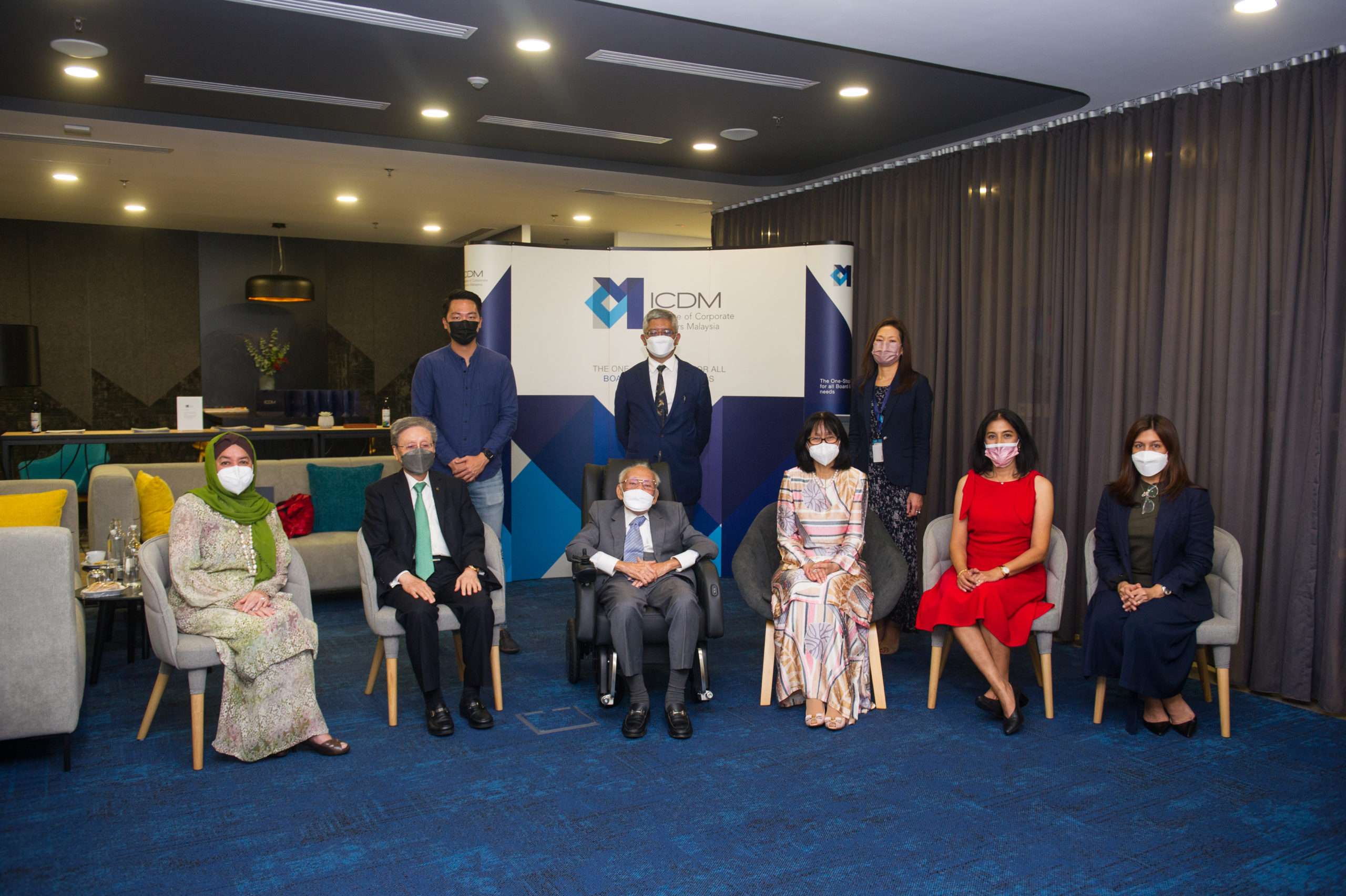Family offices are accustomed to the challenges of change. So how can they seamlessly transition to the next generation of family members?
- Family offices are facing a period of significant change as a new generation of leaders prepares to assume control.
- We have identified a series of soft and hard integration measures that will help families achieve a smooth transition.
- These measures are essential to preserving the assets that underpin a family’s wealth and harmony, its legacy and values.
The challenges of the last 18 months have caused a rising tide of next generation owners to assume active roles within family offices. Like athletes who have been preparing for competition, they are stepping into an arena for which they have been preparing for over months, years and sometimes decades.
As offices get ready to integrate the new generation and leverage their skills and expertise, what actions can owners and executives take to ensure a smooth transition?
Integration: acknowledging the challenges
One of the hallmarks of the rising generation is an increasing demand for accountability and transparency across every layer of the family office’s activities. Already, many next-gen members are directly involved in adapting and developing existing structures and processes. However, negotiating change is seldom straightforward – especially when it involves people.
We recommend a number of hard and soft measures that can help family offices smooth the integration process, from measures that put the family office’s culture front and center to ensuring that the family office’s structure is robust enough to negotiate the changes that lie ahead. These approaches are linked to four cornerstones:
1. Strategy and vision
Family offices can be presented with different visions for their wealth, which vary according to the branch or generation of owners they support. For some owner groups, the value of staying together as a family group can become lost, especially during periods of turmoil. We see an increasing number of family offices playing an educational role to reinforce how a family’s unified vision for using its wealth helps the organization achieve its strategic objectives while supporting future generations.
2. Governance
Robust governance structures can ensure that the family’s wealth, philanthropy and underlying assets are managed in line with the owners’ expectations, needs and guiding principles. It is important to assess the structural and operational governance for each independent entity as well as the family office’s combined organizational structure in terms of effectiveness, decision making, risks, control and oversight.
3. Structure
The integration of next-generation members often catalyzes a review of the structures that hold the family’s wealth, as they seek to evaluate the alignment between their long-term vision, strategy and the ability to minimize tax and regulatory risk. At the same time, there is an accelerating move away from unnecessary complexity.
4. Operations
The new generation of owners have different expectations for how time is spent, both in their own lives but also in the family office itself. This is reflected in their assessment of current processes, the roles and responsibilities within the office, and how these support the agreed family vision, purpose and strategy.
Cultural measures: emphasising the human factor
The EY organization recently explored the topic of family office culture in a virtual panel discussion attended by the EY NextGen network of family business leaders. Held in collaboration with the Hong Kong University of Science and Technology (HKUST), the discussion was hosted by Professor Roger King, Senior Advisor and Founding Director of the Tanoto Center for Asian Family Business and Entrepreneurship Studies at HKUST Business School. During the discussion, Professor King highlighted the importance of the 3Ps to family businesses: preservation of family wealth, preservation of family harmony, and preservation of family legacy and values.
As Professor King explained, the 3Ps are key to family offices because they act as a natural glue that keeps the family together, especially if the family no longer owns the business that originally generated its wealth. Yet the challenges persist.
A number of useful suggestions for integrating next-gen talent emerged during the discussion. By placing a strong emphasis on the human factor, these measures complement the harder structural measures outlined above in the four cornerstones:
Draw on the next-gen’s skills: The next generation of family members will have a wide variety of skills and experiences that can be tapped for the benefit of the family office. For example, they might have expertise in finance, enabling them to help manage the family’s assets. Alternatively, a legal skillset can be useful for formalizing the family office’s structure. And a family member who has studied environmental sciences could help the family office to pursue sustainability objectives through its philanthropy programs.
Offer internships: Internships allow the next generation to learn from existing family office managers – whether they happen to be other family members, third-party professionals, or a combination of the two. A well-planned internship will enable emerging leaders to better understand their family’s values, learn about investment and philanthropy and discover their personal motivations.
Integrate technology: Looking ahead, technology will be essential in enabling family offices to maintain the 3Ps. The next generation, which tends to have strong digital skills, can gain job satisfaction by using technological tools to help the family office achieve its goals.
Foster good communication: Good communication will help to bridge the gaps in thinking and working styles that can exist between different generations. All generations should be encouraged to listen to other generations with respect and to actively seek out their points of view.
Organize events: Events are a great way to bring together family members, especially when they are living, working and studying in different locations. They help to create an emotional bond, rallying the next generation around the family’s values and collective sense of purpose.
Guidance from peers
Overall, the next generation is likely to be more successful if its members have the support of a network of friends, peers, mentors and professional advisors.
As part of polling during our family enterprise and family office online seminar events, leadership succession was cited as the top challenge by nearly one-quarter (23%) of the next-gen respondents. However, another poll found that only 24% of family offices currently have a formal succession plan in place.
Peer groups can provide insights and guidance on how others have pushed forward these important conversations, while also providing insight on how others have depersonalized the selection process; ensuring rigorous yet sensitive planning and preparation; and keeping all family members in the loop through a detailed communications programme.
Many family offices are facing a period of significant change, which is being intensified by the fallout from the pandemic. Integrating the next generation of leaders is fundamental to negotiating the upcoming changes and preserving the family’s wealth, legacy and values. We recommend that a combination of hard and soft integration measures can make the difference between sustaining wealth or the start of less prosperous times.
Summary
Family offices are set for a period of significant change as the next generation of leaders prepares to assume control.
Negotiating this transition smoothly is fundamental to preserving the family’s most valuable intangible assets: its wealth and harmony, its legacy and values.
We have identified a combination of hard and soft integration measures that can help family offices navigate the potentially challenging and exciting times that may lie ahead.
The article was first published here.
Photo by Glenn Carstens-Peters on Unsplash.

 5.0
5.0 





















